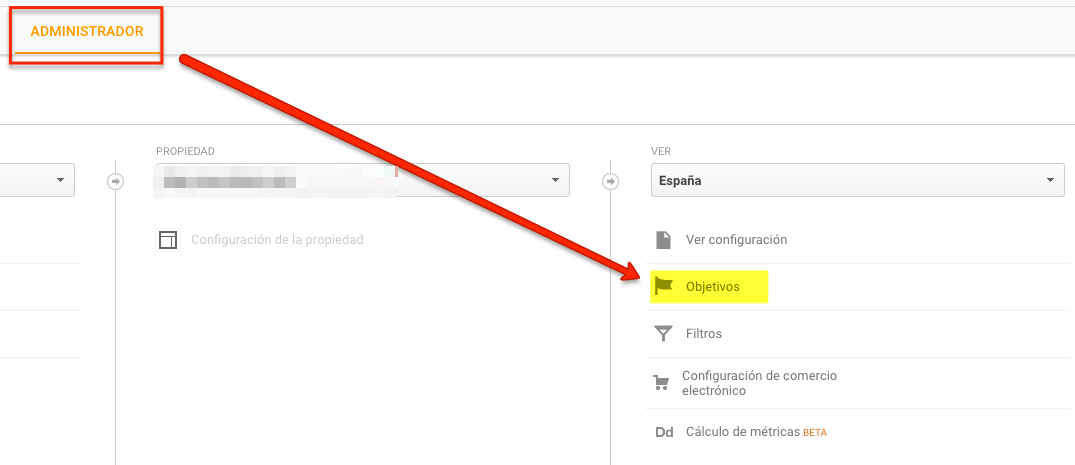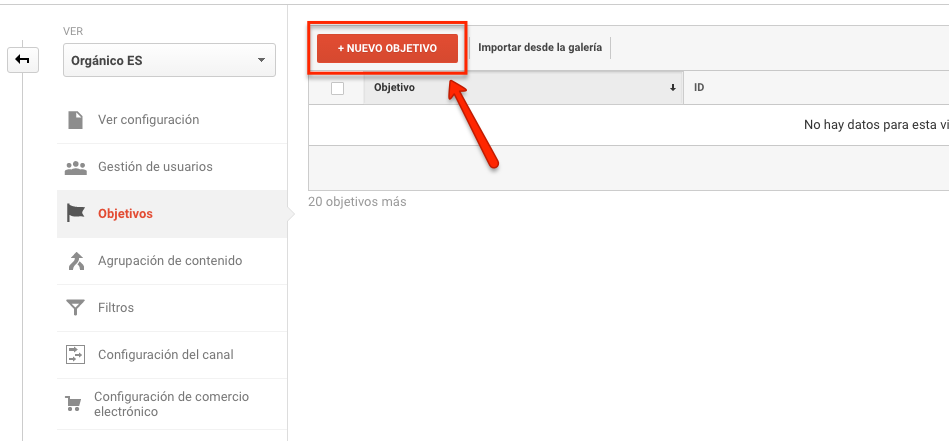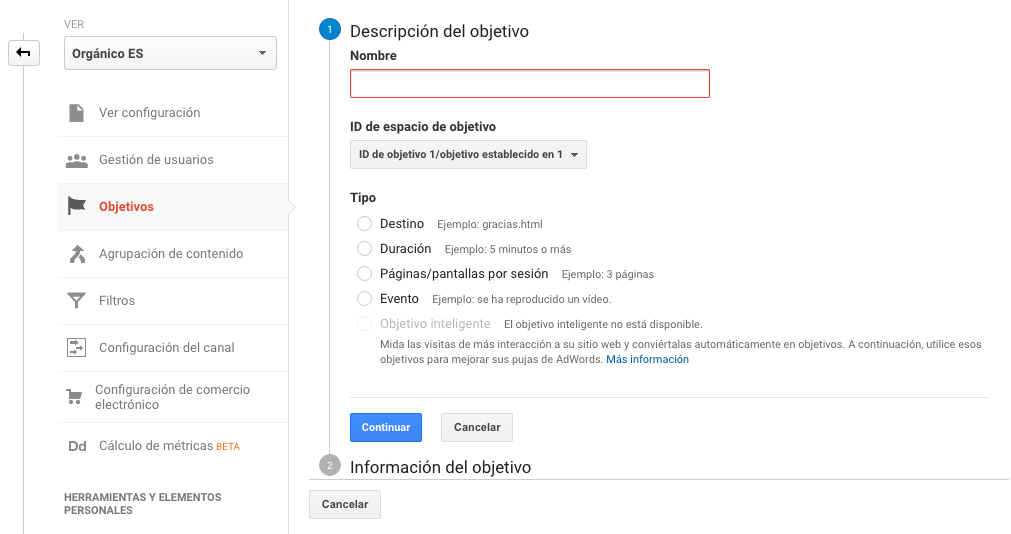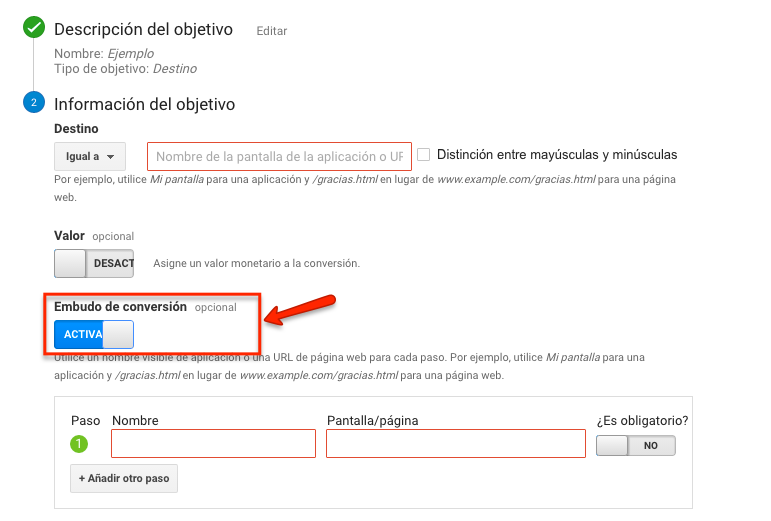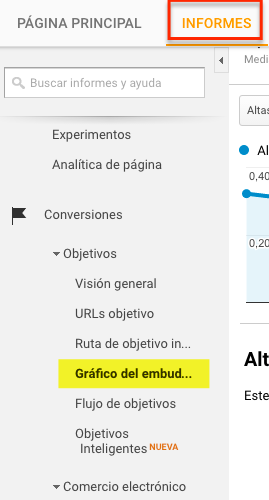Written by Fernando Maciá
Index
The conversion funnel
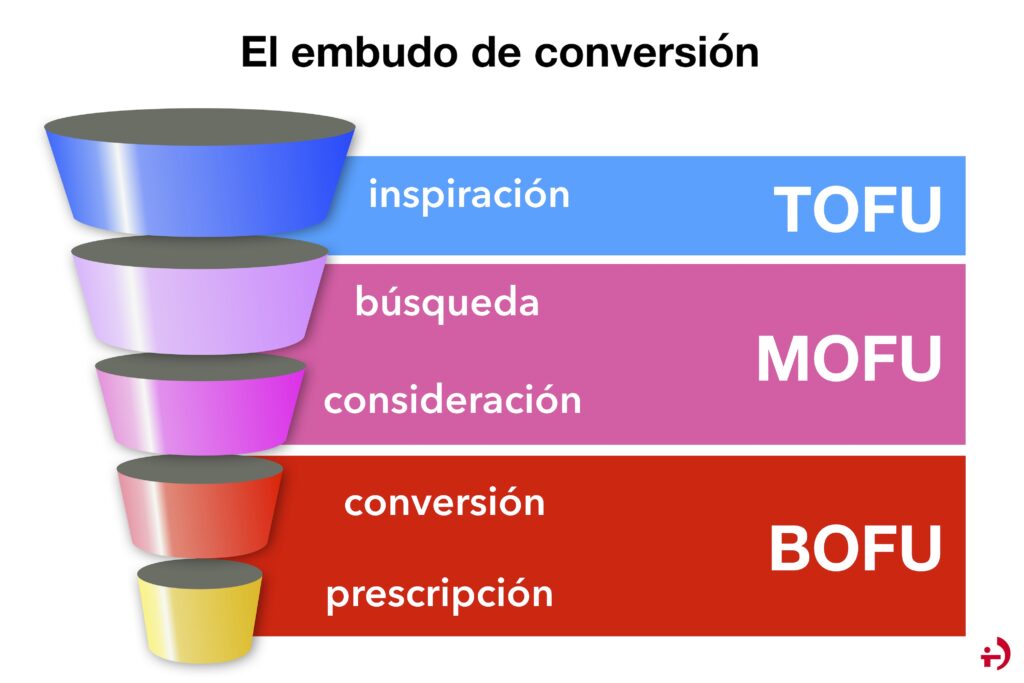
The conversion funnel represents the collective behavior of our potential customers from the moment they arrive on the website until they complete a goal (conversion). Its funnel shape is related to the loss or abandonment of potential customers as they move down the funnel until they finally reach conversion, as shown in Figure 1.
This term is associated with the field of marketing and refers to the process that users go through before reaching an objective. Applied to online marketing, this objective would be completed on our website. That is, it is a graphic representation of the steps that the user has followed on the web and that culminate with the achievement of an objective that the company has set. Google defines the conversion funnel as“the steps users take to complete a task“.
In general, when a user accesses a website, he/she performs a series of actions that do not always result in a conversion. Knowing at what stage they abandon the process is decisive to be able to establish new strategies that will allow us to achieve the objectives defined in the marketing strategy. Depending on the activity and nature of our business, the objectives set will vary. The conversion funnel helps us to identify the main potential points of exit or abandonment of the user in order to design strategies to recover the user and redirect them back to the funnel.
Applying the conversion funnel model
Let’s say we are an online store that sells second hand clothes. The action that users will have to perform and that, at the same time, will generate value to our business, will be purchases. To complete the purchase and conversion, users must access our online store, access a list of products, select the desired item, add it to the cart and pay for the order. The first phase of the process will have a large number of users, which will decrease as the process progresses. Many people initiate the purchase but very few actually complete it. Why don’t users end up buying my product? At what step of the buying process do they abandon? Are there any elements that may divert your attention or be unclear? All these questions are the ones we usually ask ourselves if we observe that many of the users who start the process do not end up converting.
By analyzing the conversion funnel in depth, we can clear up many of these doubts and find out what is not responding as optimally as we expected. Undoubtedly, seeing these errors will allow us to improve the conversion process. The first step to be taken after detecting the failures that are generating losses is to optimize those steps and elements that are most lacking. The goal is to get as many users as possible to the top of the process.
Funnel phases
In the first phase, the potential customer becomes aware of a specific need. It is something that could be triggered by visiting a blog, a corporate website or a social network. Also when doing a related or anticipatory search. This first phase of inspiration occupies the top of the conversion funnel and we usually refer to it, therefore, as top of the funnel, i.e. TOFU.
Once we are aware of a need, we are likely to do research to document or justify our purchase decision. These first searches are usually very generic. As we identify which features best suit our needs, we then focus our searches to consider only the right options. The strategies for this research and documentation phase, which occupies the central area of the conversion funnel, are called MOFU (middle of the funnel).
And finally, we are ready to act, to become customers and even to share our purchase decision on social networks. This is what we call bottom of the funnel or BOFU. Excellent usability, a simple checkout process and getting the main purchase motivation right, such as having the lowest price, have a big impact at this stage of the conversion funnel.
In an e-commerce site, users arrive, browse the site and only a certain percentage add a product to the shopping cart. The user will then be prompted to either log in or authenticate to the system. You will be asked to confirm your shipping and billing address and payment method. Finally, the user will enter or validate his credit card information and the payment gateway will verify the existence or not of funds to make the purchase.
If all goes well, the process will conclude with a confirmed purchase and the system will register the purchase as an effective conversion.
In each of these steps there are users who abandon the purchase process and escape the conversion funnel. The analysis of this funnel through Web traffic analytics systems such as Google Analytics provides us with very valuable information about the possible reasons why a visitor does not complete the purchase process, as shown in Figure 2.
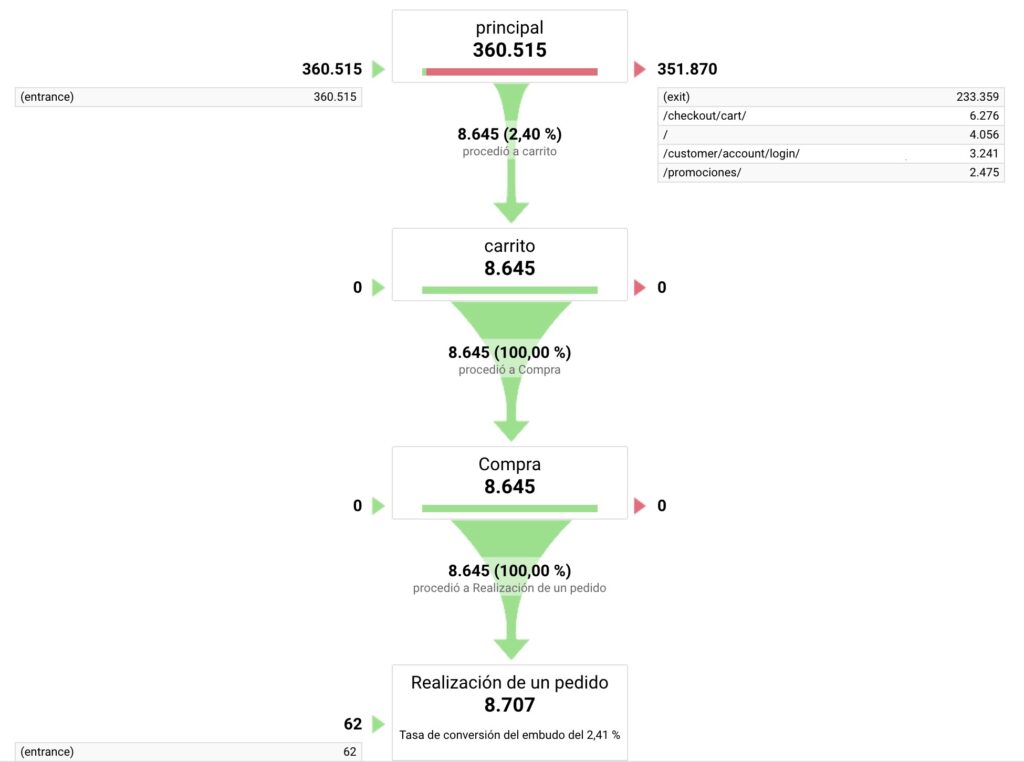
In this case, we can see if visitors simply left the website, if they navigated to other types of information and introduce improvements to increase conversion. Understanding both the motivations and desires of site visitors and the possible objections that may prevent them from making an immediate purchase is one of the main premises to work on conversion optimization.
How to create a conversion funnel in Google Analytics
In order to closely study the process that the user follows before reaching the goal, we will have to create a customized conversion funnel in Google Analytics. To do so, it is necessary to define, in advance, the objectives of our business. We can do this from the “Administrator” column at the top of the tool and by clicking on the “Targets” tab.
Then click on the“+ NEW TARGET” button to access its configuration.
Once this is done, the following screen will appear in which we must complete the description of the target, for which we are asked for its name and type:
Google offers four different types of goals to choose from: destination, duration, pages/screens per session and event.
- Destination
This objective consists of counting the conversions of a specific page. To set it, you must indicate the exact URL of the page on which you want to perform the measurement.
- Duration
It measures conversion based on the time a user spends on a particular page. In this case, we must set a minimum time spent on the page to be considered as a conversion. The objective will be fulfilled as soon as the user exceeds the stipulated time.
- Pages per session
This type of objective allows the conversion to take place when the user has visited a specific number of pages that we have previously defined. For example, we may decide that the conversion will occur when the user has gone through five pages of our site, so this is the number we will set and when the user enters our page and accesses five different pages, this is when the conversion will take place.
- Event
Google defines events as“user interactions with content that can be tracked independently from a web page or screen load.” In this way, we can keep track of downloads, clicks, reproductions, etc.
Once the previous data has been completed, and as we move forward in the target configuration process, the “Conversion funnel” option will appear, which we must enable if we want the data to be tracked.
Once the objectives have been defined and configured, the data will begin to be recorded and it is then that we can begin to see what behavior users adopt when they access our page and detect errors that may be causing us to lose conversions. We can access the conversion funnel through the left side menu, specifically in the “Goal Conversion Funnel Chart” section of the “Conversions” tab.
The conversion funnel indicator provides us with very interesting data on the behavior that users adopt throughout the conversion process. This information is crucial to be able to assess which aspects should be maintained and which should be improved.
Undoubtedly, what is clear is that what is not measured, does not exist. An exhaustive analysis will allow us to have an efficient and effective process that will help us achieve the proposed objectives. Throughout the analytical phase we will be able to eliminate the most inefficient steps to minimize the process and make it much more attractive to the user.

